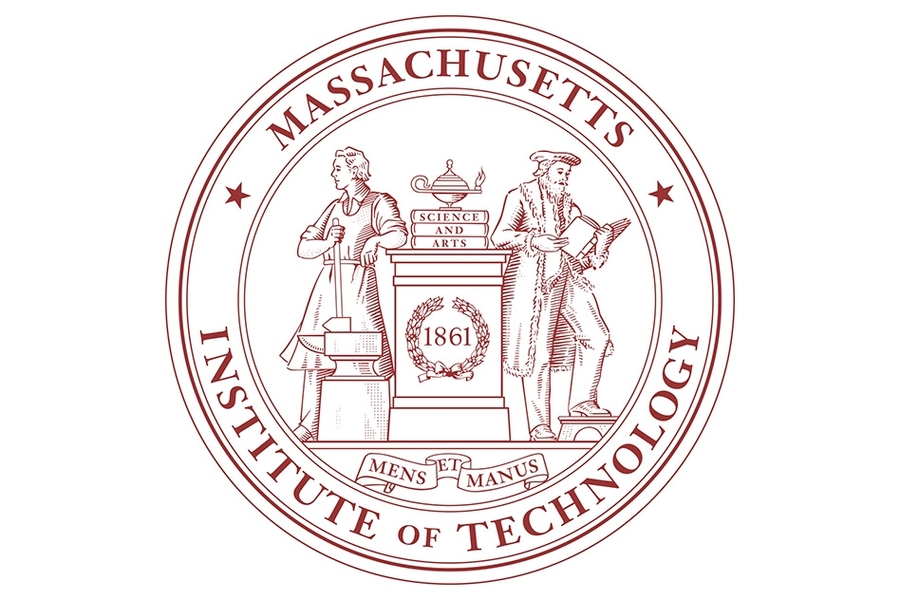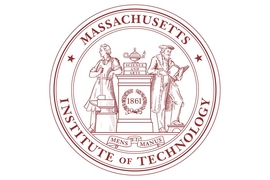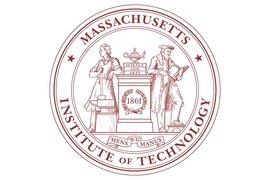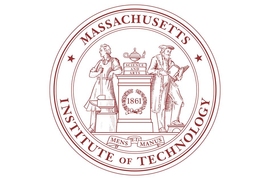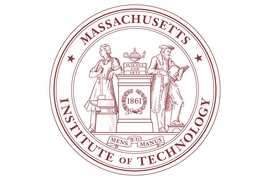The following letter was sent to MIT's community today by President L. Rafael Reif.
To the members of the MIT community,
MIT must soon make important decisions about how our community can safely re-emerge. Because those decisions will have cascading impacts for all of us, I want to let you know what to expect in the short term – and to outline the ways we will be seeking your input and asking you to join in thinking through MIT’s options for this summer, this fall and beyond.
The short-term: Starting to test what’s doable
All of us dream of getting back to life on campus. But with Covid-19 still very active in Massachusetts, for some time to come it will only be possible to bring back a fraction of the usual campus population. In line with Governor Baker’s recommendations and the best public health guidance, we will take a measured, step-by-step approach.
To start, we will gradually increase the number of people allowed to return to laboratory research. This makes sense both because they need to be on campus to do their work, and because we believe they safely can be, protected by appropriate check-in procedures, health reporting, testing, mask-wearing, physical distancing, cleaning and other practices.
To test this approach, a team led by Professor Tyler Jacks has conferred with experts from across MIT to develop a set of careful back-to-the-lab protocols, designed and vetted to protect both safety and privacy in keeping with our community’s values. These protocols will be first tested in a pilot involving three buildings, with teams that are currently authorized to participate in or support research on campus. This effort will involve only those individuals from the relevant labs who voluntarily choose to be on campus and to comply with the guidelines. Vice President for Research Maria Zuber will soon share the detailed logistics with these teams as well as with all currently approved on-campus researchers and support staff.
The results of this pilot phase will directly inform our strategy, pace and timing for further ramping up MIT’s research enterprise on campus. Maria and Tyler will also write to all DLC heads and PIs about how to develop their own plans consistent with this rigorous strategy.
Gathering input and inviting engagement: Options for the fall and beyond
The decisions for the fall and beyond involve a large number of interrelated factors and enormous uncertainty – a systems optimization problem that is both MIT-hard and deeply human. Our first priority must be protecting the health and well-being of our community and the many communities we touch, including respecting the needs of those individuals for whom returning to campus before an effective vaccine is broadly in use will pose too great a risk.
One baseline fact is that it is more feasible to bring graduate students back safely because, unlike undergraduates, nearly all live in apartments with private kitchens and baths. They can therefore practice safe distancing without enormous effort.
Relying on current public health advice, and after modelling a wide range of scenarios, it does not appear very likely that we can all be on campus together this fall. Since every available path involves complex trade-offs, each in some way painful or unattractive, we must work through and weigh our choices together.
To help determine the best of the options before us, we are eager to share with you what we have learned so far – and in turn to learn from your input, experiences and ideas.
Therefore, over the next few weeks:
- To give people all across MIT the opportunity to join in the thinking process about options for the fall, Team 2020 will host a series of intensive online 'community charettes' – a time-tested approach to community-centered design that we are delighted to borrow from our colleagues in architecture and planning. The provost, chancellor and vice chancellor will share more information about this next week.
- For students: Building on this week’s town halls for undergraduates and graduate students, faculty heads of house, student leaders and the Division of Student Life will work with students in small-group online settings to explore key questions about the fall.
- For all staff: Working with local leaders across campus, Human Resources will provide a systematic process for staff to help inform the Institute’s planning and decision-making for the future of MIT.
- For faculty and instructional staff: I will conduct six different Zoom sessions, focused on each School and the College. An invitation will be coming soon.
- For anyone involved in our research enterprise: Maria Zuber and other leaders will conduct a Zoom session to discuss return-to-campus issues.
- To get feedback from the whole community, we are conducting several online surveys to better understand how people are experiencing online teaching and learning and other forms of remote work.
- To help us begin to imagine a post-Covid MIT, the members of Task Force 2021 will start work together in early June. Including a broad range of faculty, staff and students, the task force will also develop a formal process for tapping the wisdom of our alumni around the world.
- To help everyone stay on top of news and decisions related to repopulating the campus, we will launch a new mini-newsletter, coming to your email soon.
* * *
At MIT in an ordinary year, May is intense. This year, on top of the customary end-of-semester flurry, we are all coping with pandemic disruptions and pressures while trying to plan intelligently for an unknowable future. And we are doing all that without the comfort of each other’s company and without the usual consolations and pleasures of campus life in spring.
So I close by saying simply that I know this time is tremendously hard, I am grateful for all that you are doing – and I have enormous faith that we will find a way to come through this together with grace and strength.
With best wishes for your health and safety,
L. Rafael Reif
